10 Delicious Honduran Desserts to Try Out
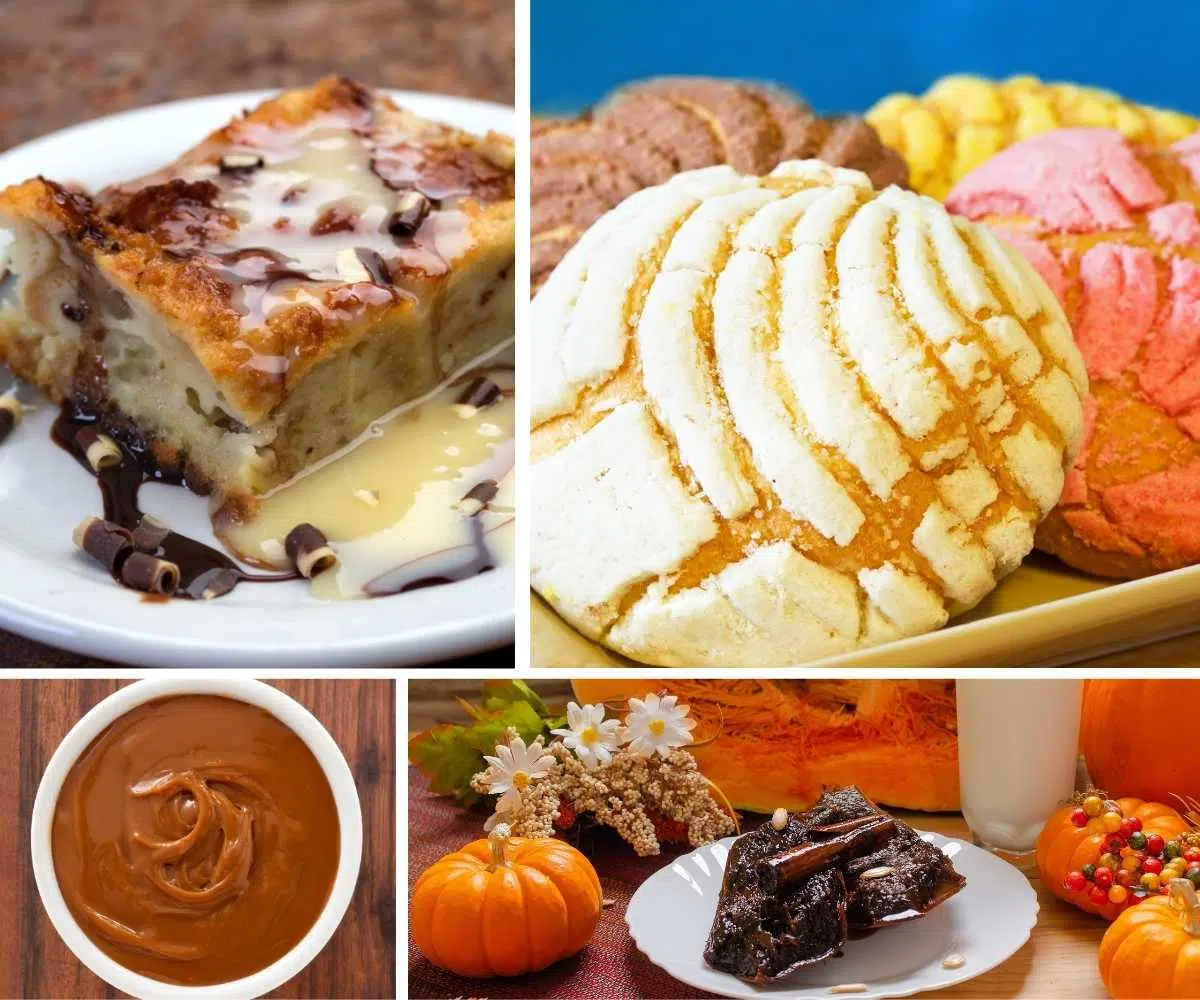
Honduras is a small Central American country with a peculiar cuisine. In this post we focus on the sweets and desserts that Hondurans eat.
But first of all, you have to know that unlike Italian or French cuisine, the desserts in Honduras have very simple recipes, with native ingredients of the area and are not as instagrammable or photogenic as many other popular desserts nowadays.
In Honduras desserts are made from the typical fruits of the area and brown sugar or panela is often used. They are eaten regularly, especially as occasional snacks or at festive times of the year such as Christmas or Easter, when families often receive visitors at home and offer the typical meals of the region.
1. Honduran Torrejas
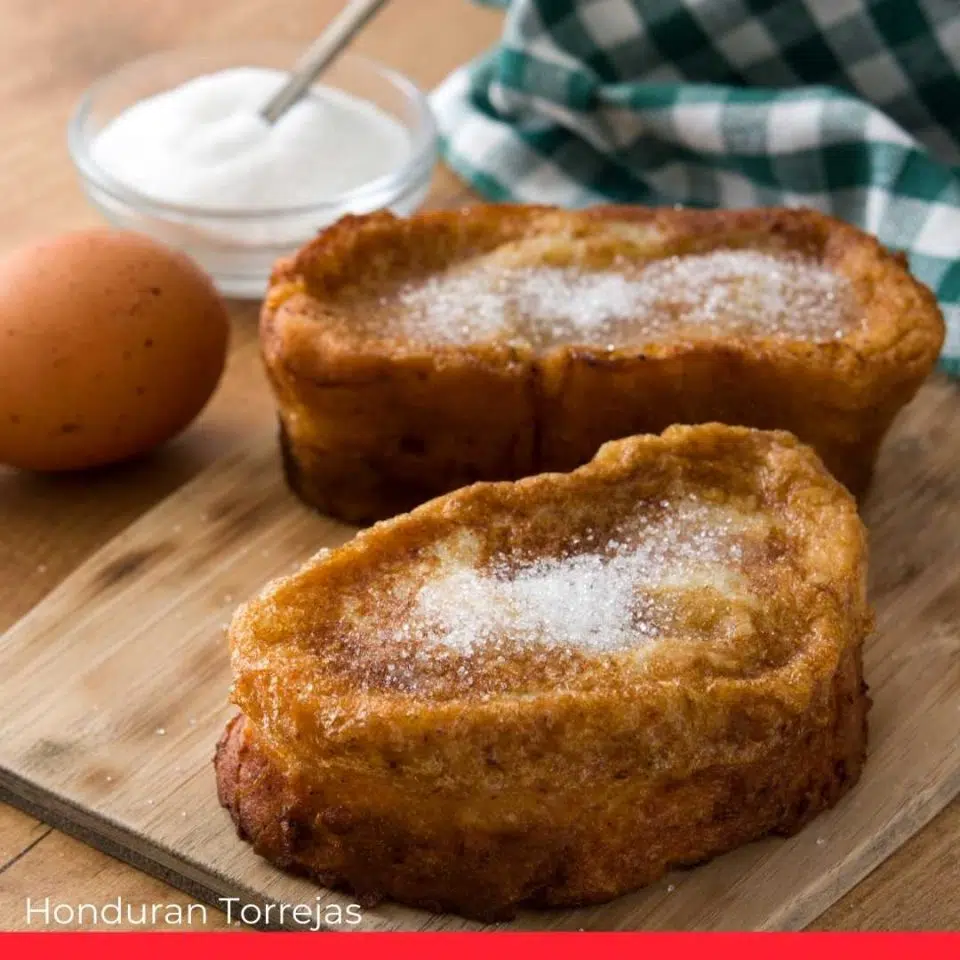
Torrejas are one of Hondurans’ favorites. They are Spanish in origin, though in Spain they are called torrijas. But don’t ever mention that to a Honduran, as 90% of the population has no idea and for that we are very happy.
Anyway, Honduran torrejas have a particular flavor and a different recipe. There are two types: torrejas with milk and torrejas with honey.
The recipe is very simple; it consists of dipping bread in a mixture of egg, brown sugar or panela, cloves and cinnamon. It is then cooked in a frying pan until golden brown on both sides, but juicy on the inside.
Torrejas with milk are cooked in a similar way, only varying in their seasoning: they are dipped in a mixture of evaporated milk, whole milk, condensed milk, sugar and cinnamon.
2. Rosquillas en Miel (Honey Donuts)
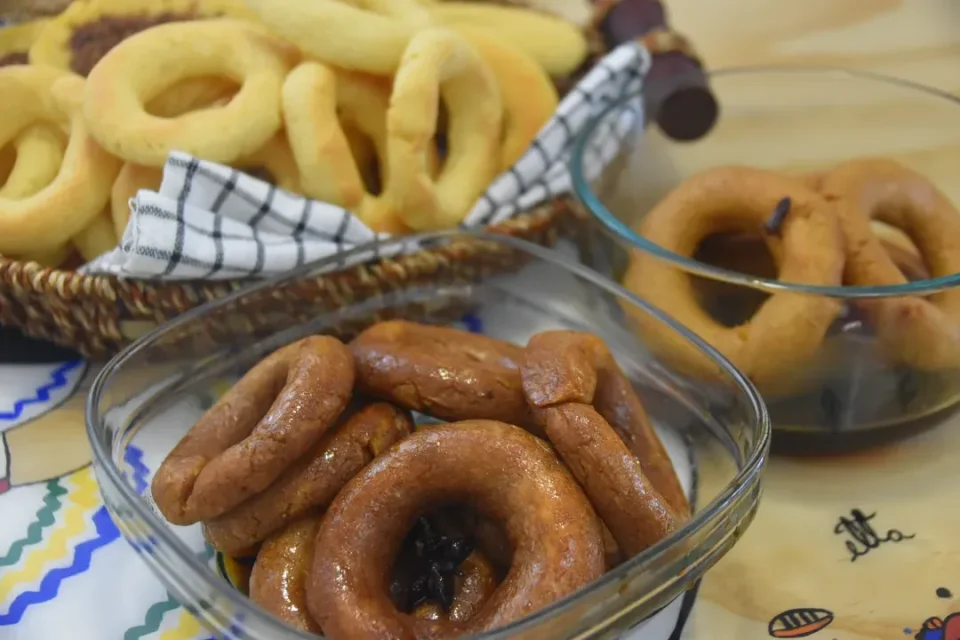
Donuts in honey are also one of the most typical Honduran desserts that are usually eaten at Easter.
The best recipe for rosquillas en miel is always grandmother’s traditional recipe, and every grandmother adds her own particular touch influenced by the area they live.
But regardless of the region, donuts in honey consist of boiling a mixture of eggs, sugar, cinnamon and other flavors, then dipping the donut until it absorbs as much liquid as possible, and finally, frying it in vegetable oil.
3. Ayote en Miel (Pumpkin in Honey)

You may well be thinking, “these Hondurans eat everything with honey”… And, yes, it is true. Besides donuts in honey and ayote in honey, there are also many other desserts with similar recipes such as papaya in honey, banana in honey, plums in honey and a long etcetera….
Pumpkin in honey is usually sold at roadside food stalls, as well as clandestine stalls in the center of cities and towns where there are always small entrepreneurs of very humble origin.
This is not usually made at home because they are not easy to prepare and take quite a bit of time. Like the previous sweet, pumpkin in honey is a jam that must be soaked in a boiling mixture of sugar, cinnamon and cloves.
4. Arroz con Leche (Rice Pudding)
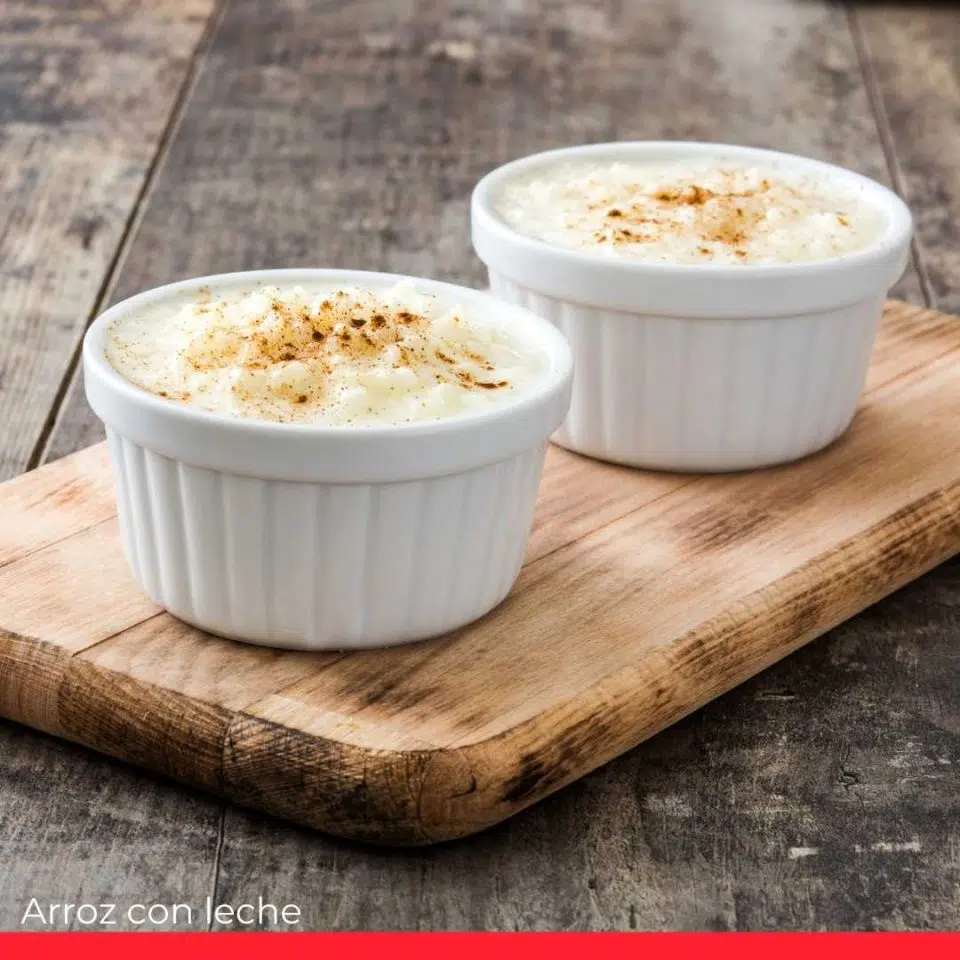
Rice pudding is always a success when served at family gatherings or to friends. It is a recipe found not only in Honduras but also in many other Latin American countries.
The true origin of rice pudding is unknown, but it gets an honorable mention in this post simply for being one of the most popular desserts in the country.
Rice pudding is a creamy homemade dessert made mainly with rice and milk, as its name suggests, and seasoned with the typical ingredients of Honduran sweets: brown sugar or panela, cinnamon, and cloves.
5. Macheteadas o Hojuelas
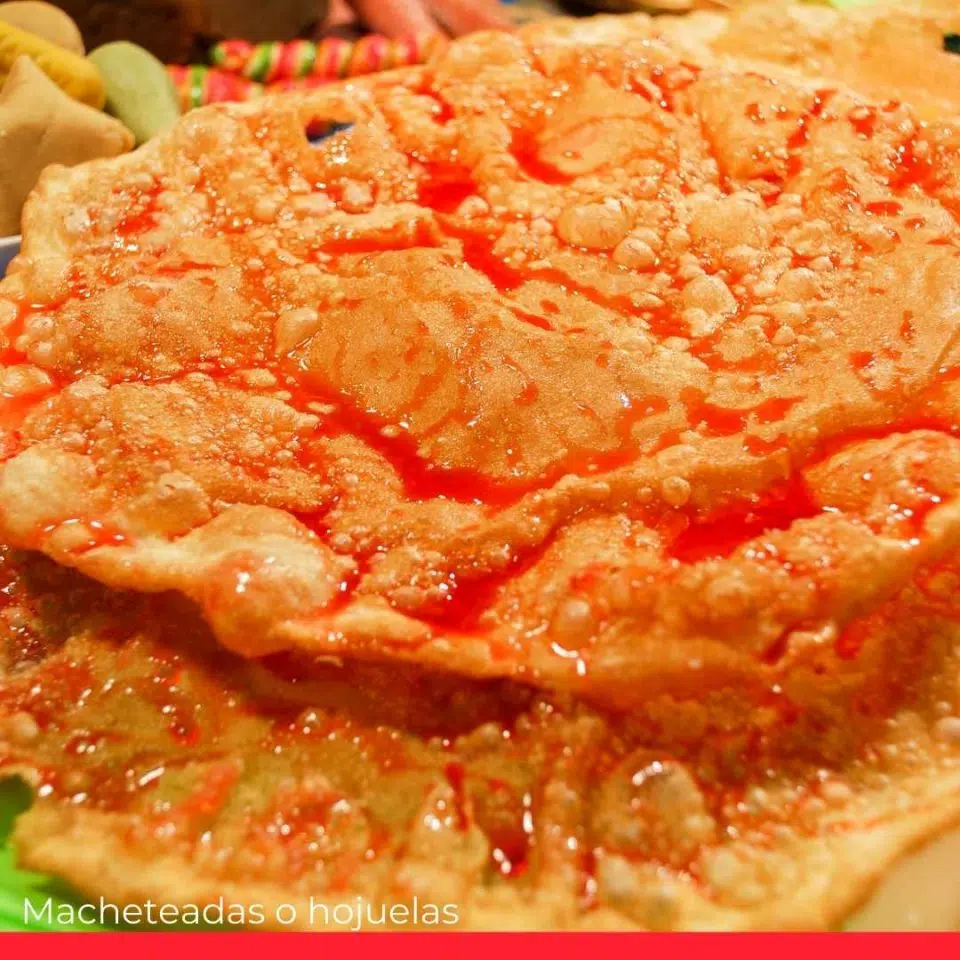
A quite unhealthy, but tasty dessert, this one consists of a thin wheat dough that is fried in lard or vegetable oil and then sweetened with syrup or honey.
It has become less and less popular at home as it is difficult to make, but can be found on roadside street stalls in towns or neighborhoods.
6. Conservas de Coco (Coconut Candy)
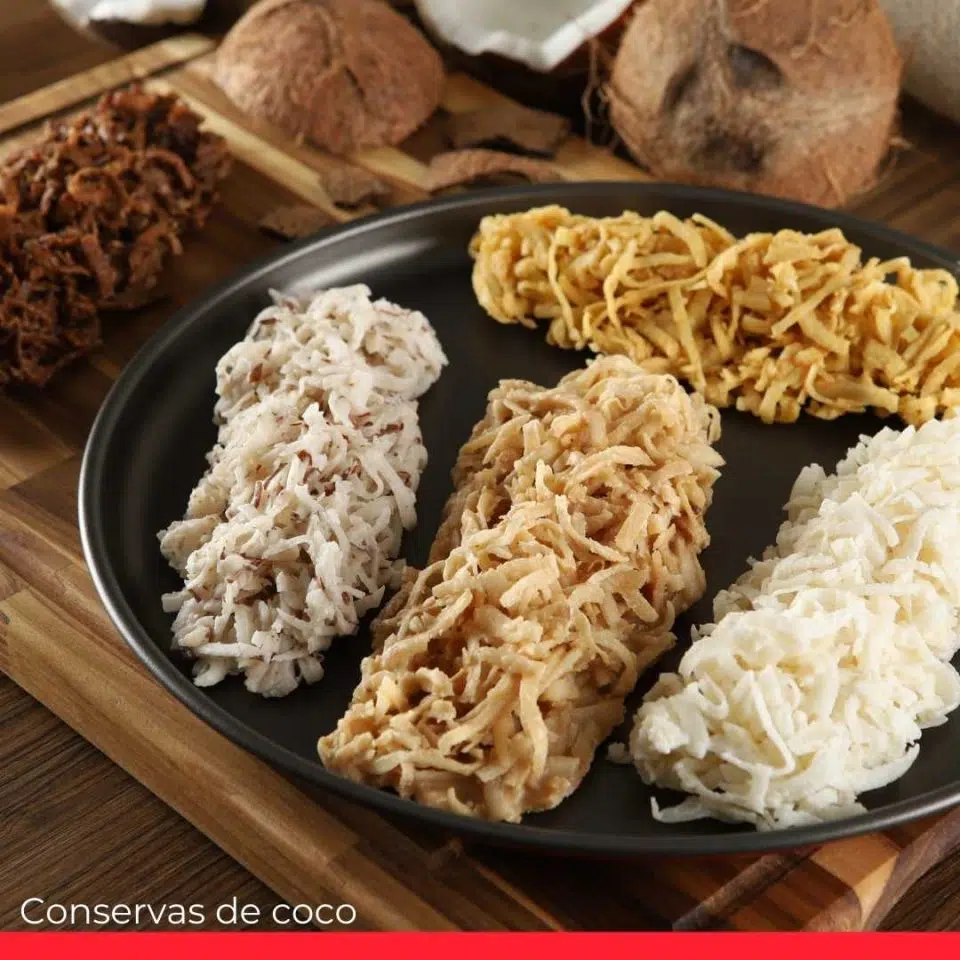
Coconut is a typical ingredient among the northern coast of Honduras. In addition to the coconut water that tourists enjoy on the beach, the locals take advantage of it to use it in countless recipes, including seafood soup and coconut bread.
But here we are talking about coconut candy, a dessert that, like the rest of Honduran sweets, is made with a syrup made from brown sugar, panela, or rapadura as it is typically called in the country, cloves and cinnamon.
The coconut must be cut into very small pieces, which can then be shaped into balls or cookies.
They are served cold and are a typical gift taken to relatives living abroad, as it keeps well and is easily packed, so it doesn’t spoiling during the long hours of travel.
7. Chocobanana
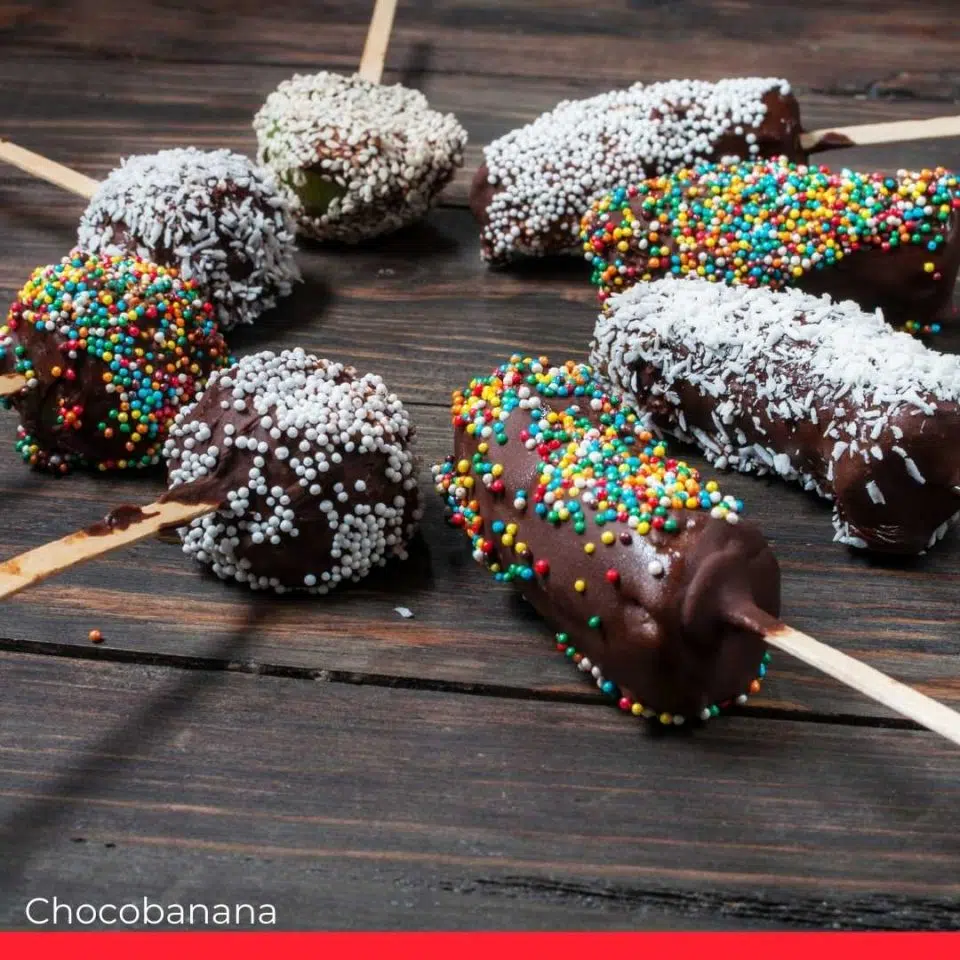
More than a dessert, this is a typical snack that is sold on the street. In Honduras we all have a neighbor who has set up a “business” and put a sign outside the house saying “chocobananas for sale”.
As the name suggests, it is a mixture of banana with a chocolate topping, the same one they use in ice cream parlors.
It is then left to cool in the freezer and eaten cold.
8. Dulce de Leche (Milky Candy)

Milk candies are very popular in Latin America and Honduras was not going to be left out. Its version is called dulce de leche.
Whether as a tablet shape or balls with fillings or toppings, dulce de leche is one of the favorite and most addictive Honduran desserts. The main ingredients are milk and sugar, with a touch of lemon and vanilla extract.
9. Pan Dulce (Sweet Bread)

The most popular daily sweet in Honduras is usually eaten for breakfast or as an afternoon snack, always accompanied by a large cup of American coffee.
Among the most popular pastries, or pan dulce, are semitas, rosquetes, corn bread, and tustacas.
10. Pan de Pan (Bread Pudding)
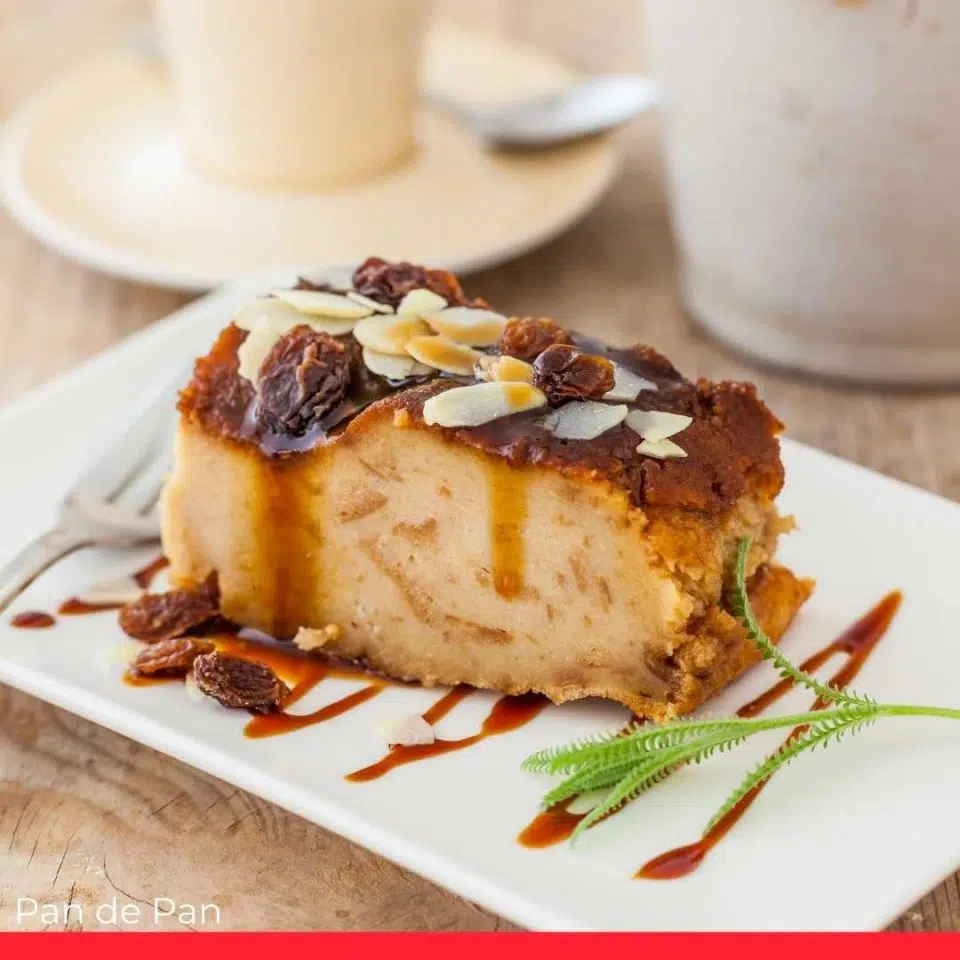
Honduran pan de pan (bread of bread) is a kind of pudding or flan. It is usually made from leftover bread, usually from the crusts cut from the children’s sandwiches.
The bread is mixed in a bowl with butter, egg, and milk, while sugar or panela is mixed over a low heat. Both are mixed together and baked for 30 minutes. The result is a juicy and sweet pudding that is served cold.
We hope that you have learned something new and that you will enjoy some of these 10 Honduran desserts and sweets, either preparing them at home or, better still, enjoying them on your next trip to Honduras.
Related: Most Popular Honduran Foods
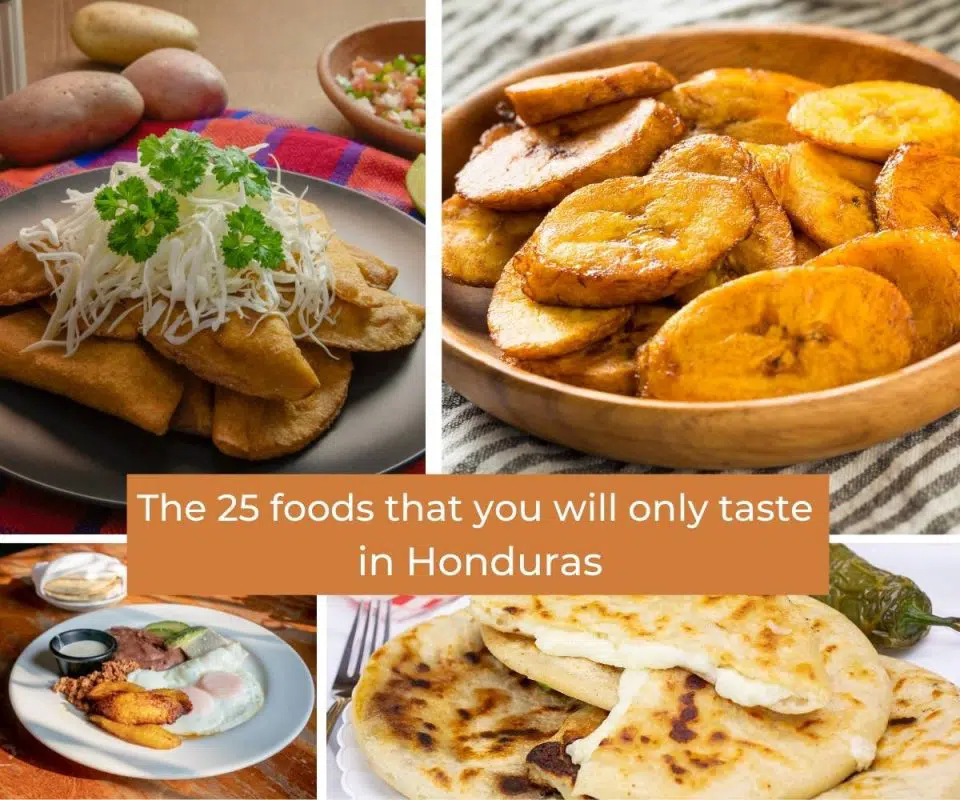


Thank you Maria for sharing the good taste of my country